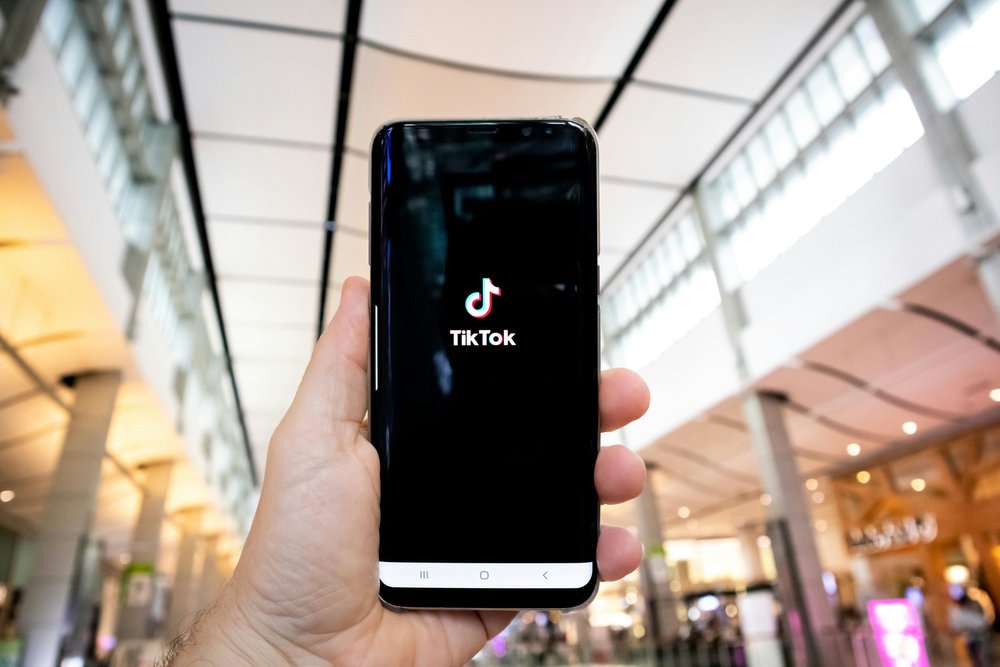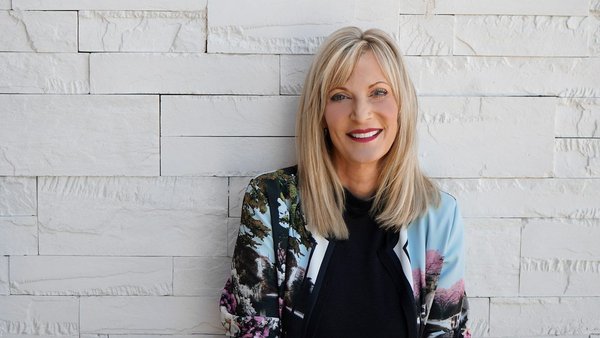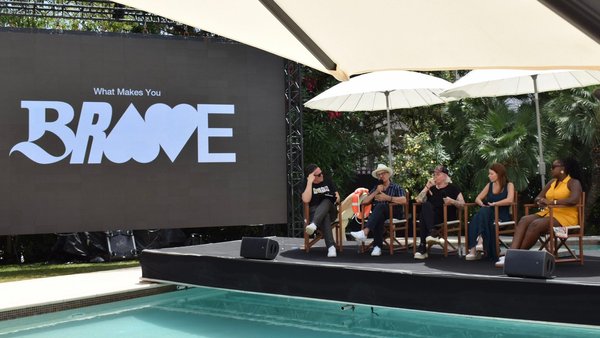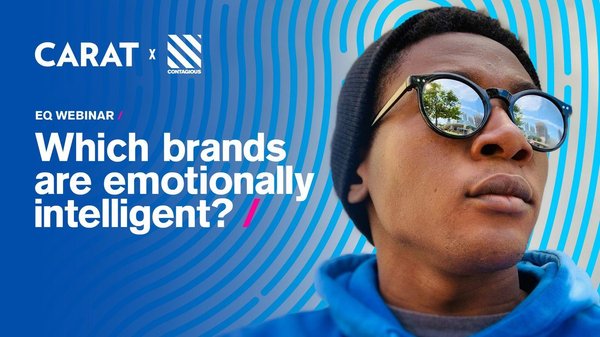Promoted content
Exploring a TikTok influencer strategy? Know the keys to success? /
Rigour, balance and freedom all play a role in creating a successful brand partnership with TikTok influencers, write Rachel Rodgers and Shelley Yang, from Ipsos Creative Excellence
KEY FINDINGS: /
- Approach influencer advertising with the same rigor you apply to other campaigns.
- Brand fit with your influencer will elevate your success by delivering empathy and relevance to consumers.
- Influencer creativity should be harnessed to the brand’s goals, and their freedom balanced with business objectives.

Influencer marketing has earned a place in the hearts of marketers — and with good reason. Ipsos data shows that young shoppers’ purchase decisions are shaped by influencers, with Gen Z and Millennials as likely to buy from influencers as from brands on social media.
When we assessed 10 TikTok creator ads, we found that, on average, marketers’ belief in the power of influencers is justified — these ads achieved 19% greater predicted sales effect than our benchmark. The average, however, disguised a wide variance in impact. Our analysis gleaned the following insights to help brands working with influencer advertising to succeed.
Use your campaign strategy to guide your selection of influencers /
It’s key to approach influencer advertising with the same rigor that you apply to other campaigns. For example, define the primary objective and allow that to guide you in the way that Mazda did with its collaboration with Forrest Jones (@ForrestsAutoReviews) for its launch of the Mazda CX90. This spot yielded the strongest short-term sales effect of all the ads we assessed, despite Jones being the least-known influencer in our sample set. He delivered new information in a believable way that drove consideration of the vehicle. The result is an ad that performed in the top 1% of our database of over 8,000 ads.
Ensure the ad is for you, not the influencer /
A well-known influencer can bust through TikTok clutter, but they can also steal the show. Ads featuring famous influencers are more memorable but less likely to be accurately linked to the brand. Fortnite found a way around this paradox in its partnership with Khaby Lame, an influencer known to 75% of our respondents, with about 160 million TikTok followers. The secret: Make Khaby integral to the Fortnite universe by including him as a Fortnite skin. When executed in a unified story, securing top talent can pay off for the brand.
Brand fit with your influencer drives believability and relevance /
Influencer brand fit will elevate your success by delivering empathy and relevance to consumers – and overperformance on these measures results in ad effectiveness. Pillsbury has struck gold with its selection of Babs (@BrunchwithBabs), a lesser known influencer who is a perfect fit for the brand. Creatively, this partnership effectively blurs the line between content and advertising – bringing us into her kitchen for a cooking tutorial. The result: significant over-performance on our norm for predicted behavior change, driven by viewers’ trust in her knowledgeability and sense of her authenticity.
Leverage influencers in show-and-tell mode /
Product demos by knowledgeable influencers bring brand gold. We saw this work very effectively for two lower engagement categories - household cleaner Clorox and financial services company SoFi. Both Vanesa (@vanesamaro91) and Vivian (@yourrichbff) drove predicted behavior change significantly above our norms. The pairing of new information with a compelling demonstration or case appears to be the secret here, with consumers seeming to enjoy the discovery of new tips and tricks.
Balance your influencer’s creative freedom with the brand’s goals /
One of the primary reasons for working with an influencer is to let the brand benefit from the reach and engagement that their creativity can bring. Native-looking content excels at engagement and authenticity; marketers want to lean into that. But it is important that influencer creativity is harnessed to the brand’s goals, and their freedom is balanced with business objectives. So, while allowing the influencer to be their own content creator, they need to do so within a framework for success determined by the marketing team. As we said at the beginning – success with influencer marketing requires a degree of rigor that marketers must bring to brief the influencer and guide and optimize their creative ideas.
This topline report is supported by more detailed data, insights, examples and advice. We see additional potential brand payoff with TikTok influencer partnerships than with ‘traditional’ celebrity or testimonial ads, so it's worthwhile to get these strategies and ads right. Please connect with me, www.linkedin.com/in/rachel-rodgers-strategy, if you would like to learn more or ask us about our contextual ad assessment tool, Creative Spark Digital.
Want more of the same? /
We don’t just write about best-in-class campaigns, interviews and trends. Our Members also receive access to briefings, online training, webinars, live events and much more.




